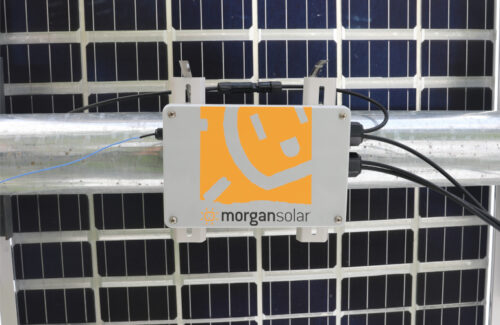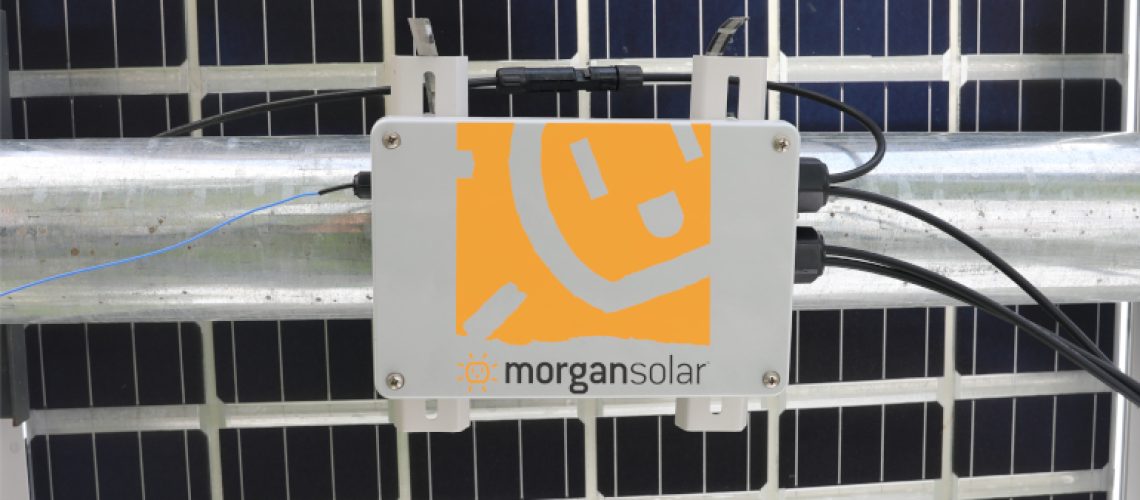Technology company Morgan Solar and Sandia National Laboratories are partnering on a study to identify and quantify the amount of energy lost when a solar PV plant is covered in snow. Among the technologies being evaluated is Morgan’s l IOT sensor – the IV DAQ, which captures continuous in situ data and can operate in any solar environment, making the device an ideal tool for measuring the effects of remediable losses like dust and pollen soiling and snow-cover.
 By first isolating for loss factors like snow and soiling loss, researchers can more effectively understand other DC health signals like degradation, temperature coefficient shift, mismatch and MPPT tracker efficiency — all loss factors for which the IV DAQ can provide further insight.
By first isolating for loss factors like snow and soiling loss, researchers can more effectively understand other DC health signals like degradation, temperature coefficient shift, mismatch and MPPT tracker efficiency — all loss factors for which the IV DAQ can provide further insight.
The study, led by PV systems expert Jennifer Braid, aims to compare the performance of the IV DAQ curve tracer with more traditional technologies, such as snow-depth sensors and mounted cameras to measure and analyze snow impacts the energy yield of solar farms.
“The amount of energy lost in winter from snow shading of PV power plants is a significant problem, given the rapid pace of solar growth in northern regions of the world,” says Dr. Laurie Burnham, technical lead for a larger research project that includes this study. “The more performance data we can collect to illuminate losses under different weather conditions, including snow depth and temperature, and for different PV designs, including tilt angles and module types, the smarter we can be about installing systems that are highly efficient at snow-shedding. The Morgan Solar IV DAQ has the potential to be a valuable tool in identifying the design parameters that matter the most.”
Data from the IV DAQ is being collected at the Michigan Regional Test Center (RTC) for Emerging Solar Technologies located in Calumet, Michigan, where the average annual snowfall exceeds 202 inches (513 cm) per year. The MI RTC is owned by Michigan Technological University and operated in partnership with Sandia. Sandia will collect more data from the IV DAQ this coming winter.
As chair of an international organization called the PV Collaborative to Advance Multi-climate Performance and Energy Research, or PV CAMPER, Burnham says, “Snow shading is a big problem for PV in some regions of the world; in others, soiling is the bigger challenge. Having high-quality cross-climate data is key to developing new designs and mitigation strategies to reduce shading and steer the world toward a more robust solar economy.”
News item from Morgan Solar



